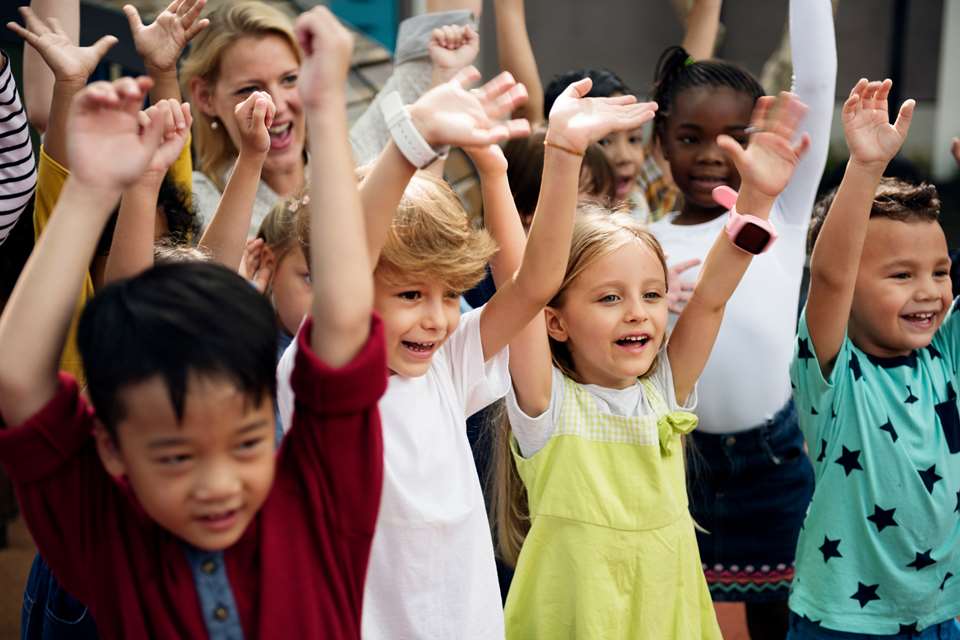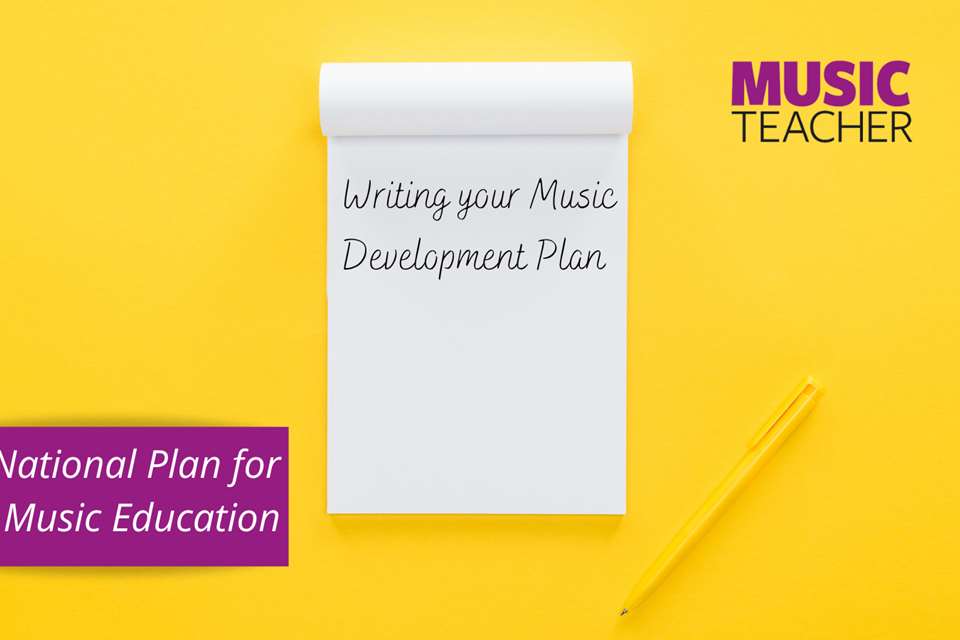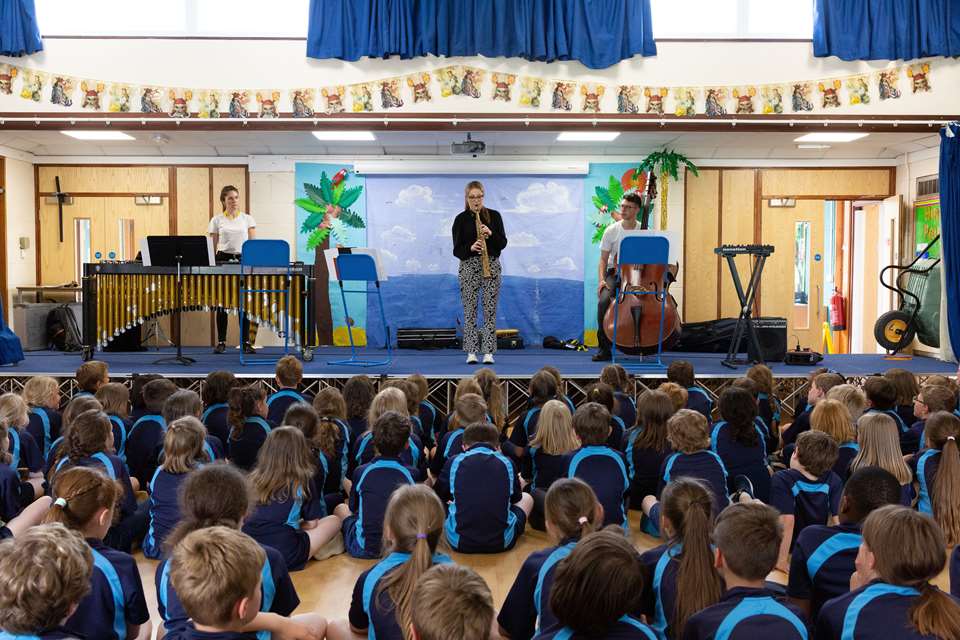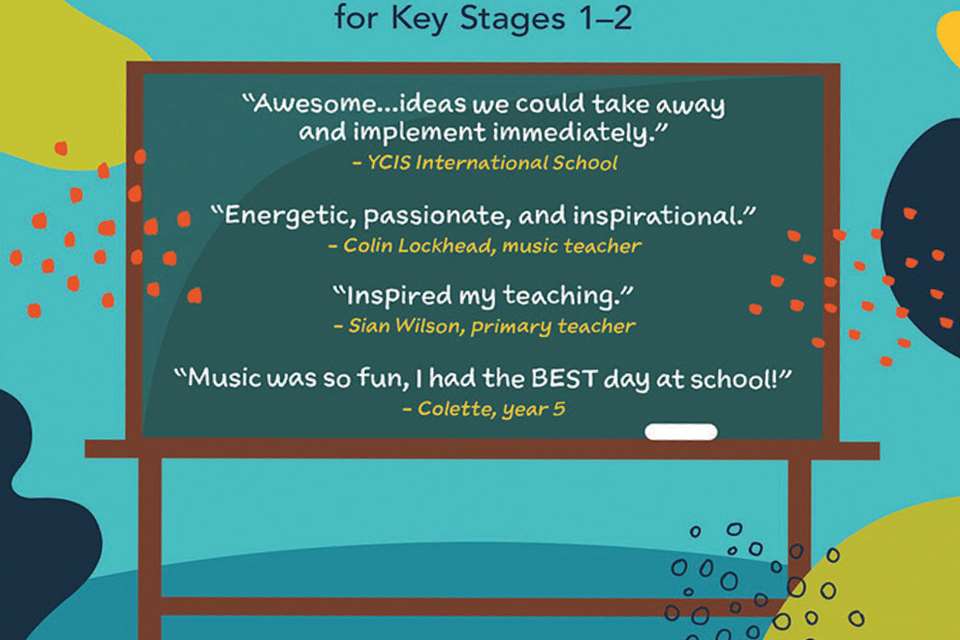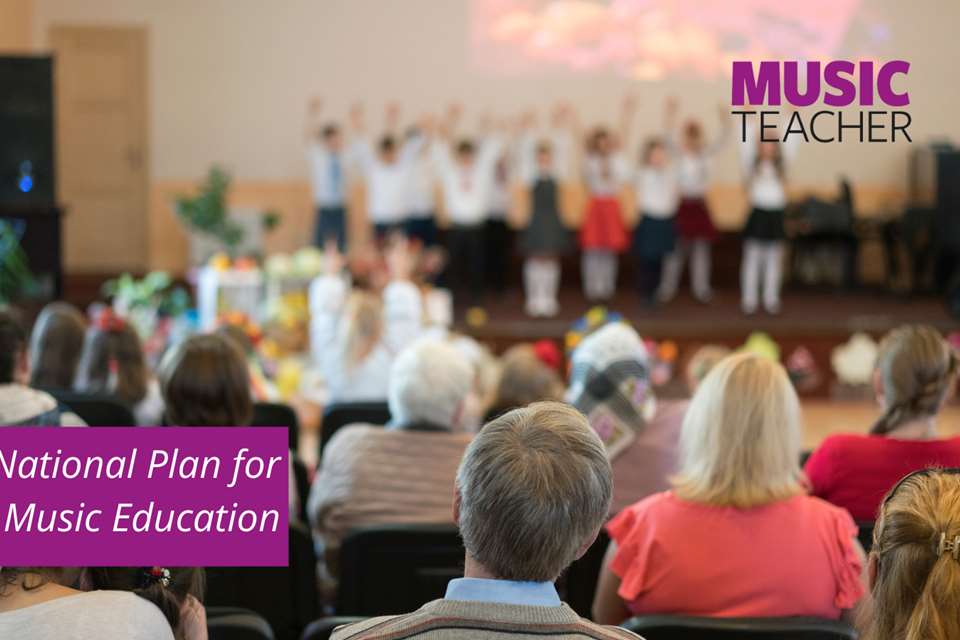Format fatigue: going beyond your primary classroom resource
Katie Teage
Friday, March 1, 2024
Music education consultant Katie Teage explores how teachers can engage primary school children in the classroom without relying on premade resources.
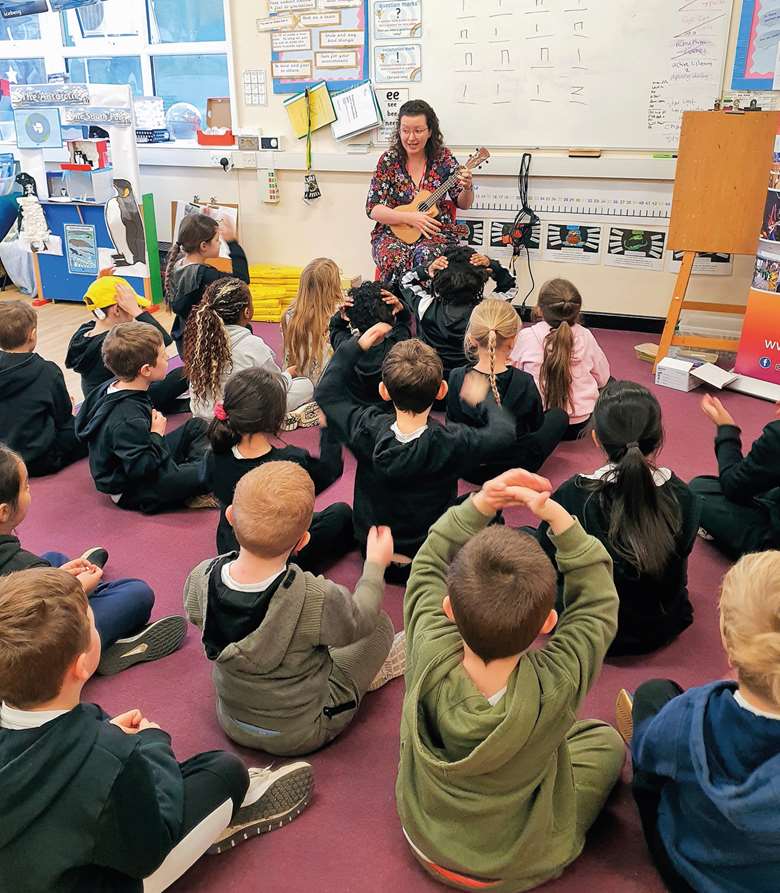
Courtesy Kent Music
Schools often invest in premade resources, developed to enable specialists and generalists to teach the music curriculum in a fun and interactive way. Teachers, however, are still saying that they ‘lack confidence delivering the curriculum’, ‘recognise their lack of musicianship’, and ‘struggle to give feedback’, according to Ofsted's 2023 report Striking the Right Note.
Are we sometimes guilty of just ‘putting the resource on’? What activities could enhance the resource to captivate the children ‘in the moment’? Teachers know their children well, so let's use this knowledge to go beyond the resource.
Resources are great!
A variety of premade interactive resources are available to primary schools today. They satisfy every need SLTs could ask for to ensure that music is covered across the school. The companies offer ongoing, free CPD and create strong partnerships with music hubs and multi-academy trusts, constantly improving provision in response to government guidelines.
However, all the publishers encourage us to see their materials as a starting point that teachers should incorporate into their own lessons and resource banks. It's the quality of the teaching approach that brings everything to life.
So, what's the problem?
In my experience, children and teachers still disengage, although teachers report more success with KS1 and lower KS2 than upper KS2. Differing teaching approaches are needed for this second group as their identity becomes stronger and school music no longer seems ‘cool’. ‘Format fatigue’ can set in if children follow a specific digital resource in isolation. Suggested song keys may be awkward for ‘emerging voices’ to sing confidently. Resources can date quickly, especially if a once fashionable song is now firmly out of fashion. It's easy to follow the resource too literally or adopt a passive teaching style, where teachers lack the confidence to make it their own. This can lead to a poor music lesson, ultimately isolating the unconfident teacher further.
What can we do about this?
You can go on the suggested CPD courses and try to deliver the lesson again with a smile; but if it's not working, something is missing. I'm not advocating turning the resource off and pulling something out of your head. I'm asking you to pause the resource for a second and think about what is missing for the children or for you, the teacher.
Musicianship
Musicianship games are highly effective as a warm-up to your lesson or resource. Games introduce children to musical concepts such as pulse, beat, pitch, rhythm, notes, scales and dynamics. These are basics which can get lost as we rush towards a performance or composition goal. The games are often based around singing and help children to develop their range, pitch accuracy, confidence and breath control without using instruments. Playing as a class encourages collaboration and eventually develops ensemble techniques. I often say to non-specialists that these activities are like football drills: they ensure the players are ready to play and have the means to succeed. NYCOS has developed a vast bank of songs and games for all age groups that children can play independently or in groups.
Asset-based learning
When teachers ask me how to improve resource engagement, I point towards an asset-based approach to creating an inclusive learning environment. Asking the children about their musical experiences and preferences helps teachers build culturally responsive practices. We then use this as a starting point for the lesson instead of the song in the resource, but ultimately complete the same activities and meet the same outcomes. Respecting individual musical experiences will build mutual respect and trust.
Changing your expectations
If you are having trouble with composition or performance using your resource, simplify your task to ‘check in’ with where your class is at. Ask the children to compose a pattern or a rhythmic phrase using long and short sounds over four beats, as Kent Music Hub demonstrates on YouTube (see link below). If you are having trouble with singing, change to a more straightforward song or something the children are confident and familiar with. If improvisation is chaotic, start by improvising on one note and ask them to use long and short sounds, then add another note and some silence. Ask the children to work in small groups when improvising and then see if anyone wants to play independently. Safety in numbers can help develop a child's confidence. Use these starting points with the children as a scaffold to access the rest of the resources.
Music technology
Allowing music technology in the classroom as if it were an instrument of choice will captivate more of your learners. Interactive apps, digital instruments and music production software can make lessons exciting and relevant. I often have iPads in the music room so children can move from producing a rhythm or melody on an instrument to recording it or creating a MIDI version immediately. See the link below for a comprehensive list of free music technology apps produced by Leicestershire Music Hub. Get your devices charged and be prepared to learn from your students!
Extra-curricular activities
Developing musical preferences and abilities outside the classroom builds a solid musical culture in a school. The music room can be a safe space for children where lifelong friendships and lasting memories are formed. Lunchtime and after-school clubs enable children to practise and explore music independently. I once took a group of children struggling with friendships in the playground to write songs once a week. They could express the things they found hard in the playground through the songs they wrote, had more time to explore the instruments in the room and were proud of their outcomes.
Music hubs can support teachers in the classroom (and through CPD) to provide opportunities and pathways for pupils to develop lifelong participation and enjoyment of music outside of school, performing in orchestras and ensembles.
Wider school communities
Events such as school choir concerts or ensemble performances bring people together and provide meaningful musical experiences. Showcasing music from various backgrounds during events provides an opportunity to emphasise the rich cultural diversity in our schools, promoting understanding, respect, and appreciation in the broader community.
If you can, take the children to perform in local venues such as care homes, shopping centres and libraries. Encourage parents to come to school and experience a music lesson with their children, strengthening the bond between school and community and creating a joyous moment between the children and their parents or guardians.
Workshops and joint performances with local musicians create connections and enrich the community's cultural fabric. Send out a letter asking parents who play instruments to come to school. I once had the opportunity to start a parent choir at a school. The parents were proud to perform for their children, and with them in school choir events; this raised the profile of singing in the school as well as community engagement.
Music as a starting point
As educators, we are often asked to have a song ‘about’ a certain topic, so that teachers link music to the children's wider learning.
Instead, I suggest starting with a song and seeing what we can learn from it. In 2016, I participated in the launch of the English Folk Song and Dance Society's project ‘The Full English'. We found a suitable song for each term, then the song became the starting point for the class teachers’ work. One example I will never forget is when a group of Year 1 children burst into the music room to show me a fish they had dissected, as well as other groceries. They visited a local supermarket, sang their ‘What shall we do with a herring's head’ song, and bought items included in the lyrics (it was a list song that accumulated more and more ingredients). The class teachers commented on the children's engagement because of the song. Follow the EFSDS link below for the ‘Full English’ resource.
Music is excellent for social cohesion. If your class feels fractious or in need of circle time, ask them about their favourite music and their memories involving music.
The end game
Where do we go from here? Give things a try and share them with your colleagues. Don't be afraid to give feedback to SLT and tell them how you are meeting the needs of the children in the class through in-the-moment assessment. You will be upskilling yourself and the children and supporting the development of your school's curriculum and whole music culture.



